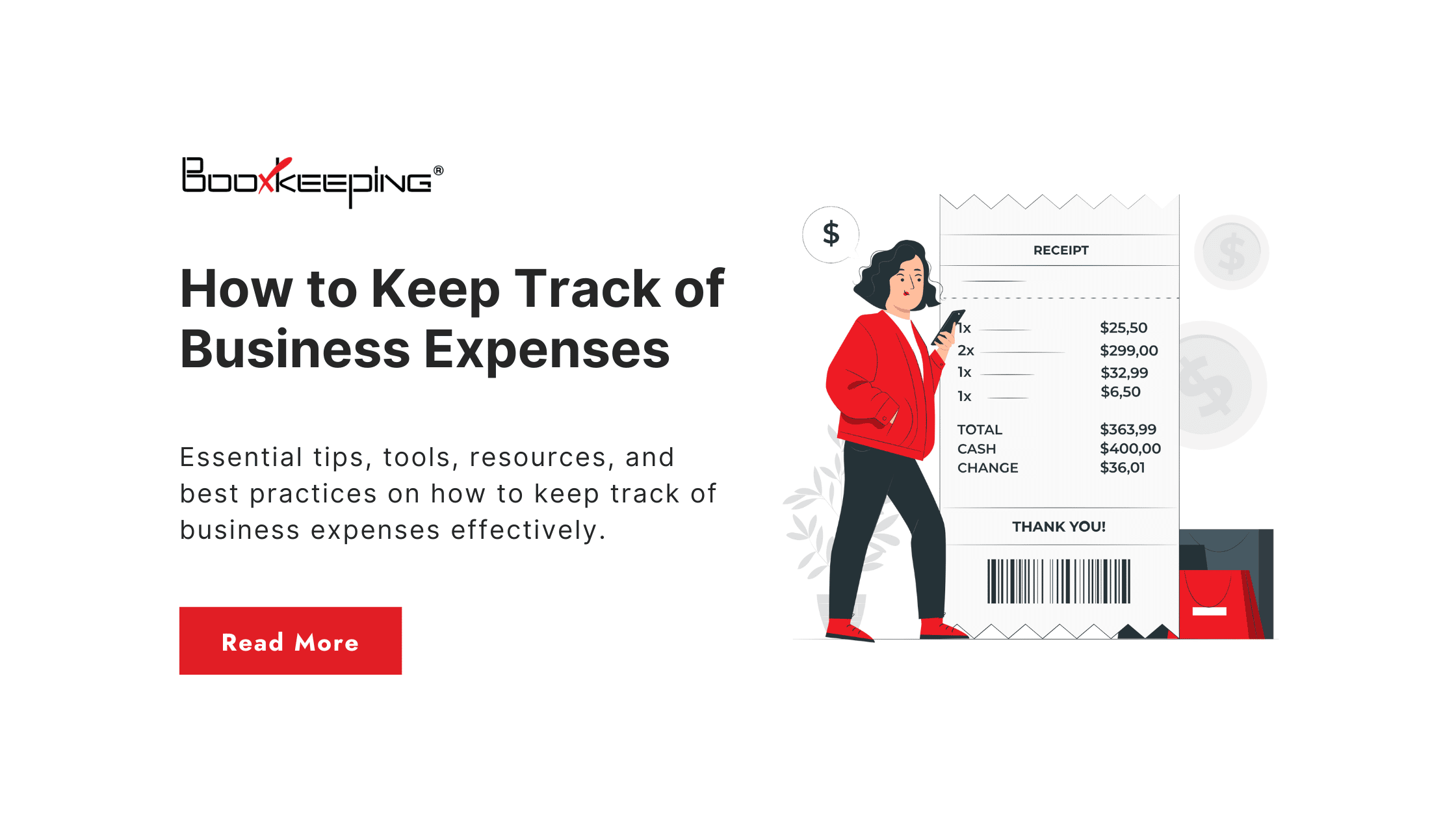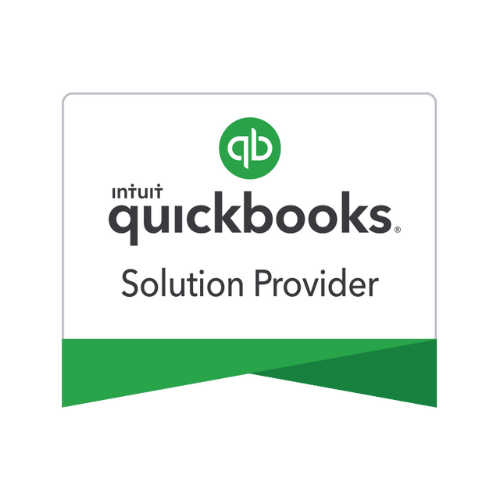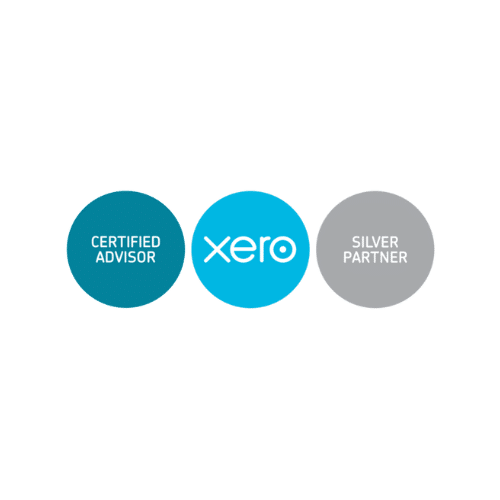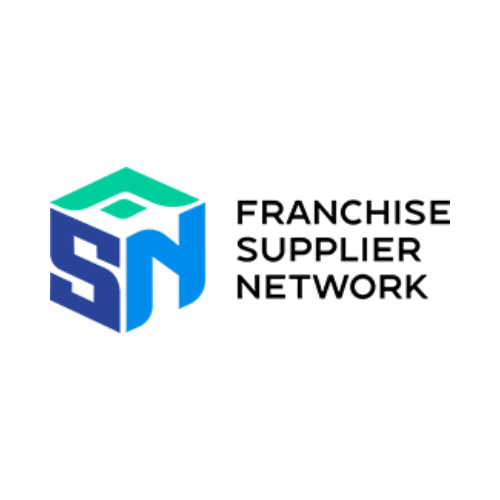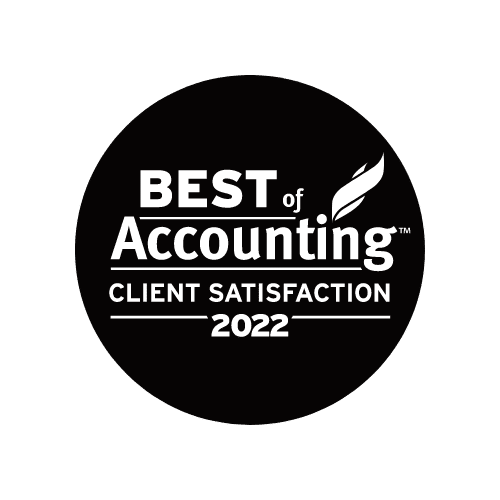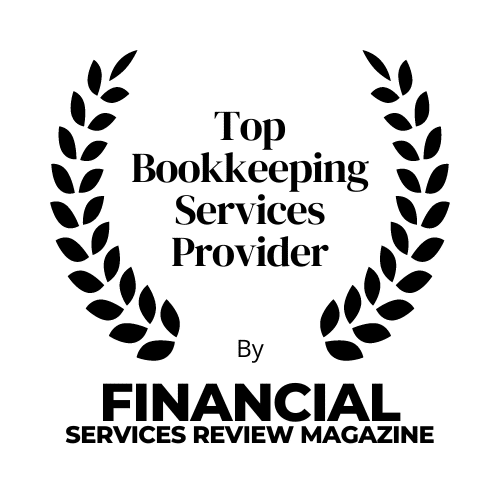Knowing how to keep track of your business expenses is essential for maintaining a healthy bottom line. Accurate expense tracking can help you save money on taxes, provide valuable insights into where your money is going, and help you make better financial decisions. In this guide, we’ll provide you with essential tips and best practices on how to keep track of business expenses effectively.
By following this guide, you’ll learn the fundamentals of tracking business expenses, tips for organizing and categorizing expenses, best practices for documenting expenses, and how to use technology to simplify the process. You’ll also learn how to avoid common mistakes when tracking expenses and how to reconcile your expenses with your accounting system. By learning how to keep track of business finances correctly and mastering these skills, you can achieve greater financial clarity and success in your business.
How to Keep Track of Business Expenses: The Basics
Tracking business expenses is essential for every business owner, but it can be challenging to know where to start. Here are the basics of tracking business expenses.
What Business Expenses are Tax-Deductible
The first step in tracking business expenses is understanding what expenses are tax-deductible. Tax-deductible expenses are costs that are necessary for running your business, such as office supplies, rent, utilities, and business-related travel expenses. Keeping track of these expenses can reduce your taxable income and lower your tax bill.
Why It’s Essential to Track Expenses
Understanding how to keep track of business expenses is critical because it helps you stay on top of your business’s finances. It enables you to monitor your spending, identify areas where you can cut costs, and make informed decisions about budgeting and investing. Moreover, if you are audited by the IRS, having a detailed record of your expenses can help you avoid legal and financial problems.
Tools You Can Use to Track Business Expenses
There are several tools and methods for tracking business expenses, including:
- Spreadsheets: You can use a spreadsheet program like Microsoft Excel or Google Sheets to create a simple expense tracker. You can list expenses in categories, including dates, descriptions, and amounts. You can also use formulas to calculate totals and analyze your expenses.
- Receipts and Invoices: You can save receipts and invoices in a folder or file to record your expenses. It’s important to include essential details such as the date, the amount, the vendor, and a purchase description.
- Accounting Software: There are many options to choose from when choosing the best accounting software for your business. Some bookkeeping and accounting software, like QuickBooks Online or Xero, have built-in features to make it easier to keep track of business expenses.
- Mobile Apps: There are various expense tracking apps that you can download to your phone, such as Expensify or Shoeboxed. These apps allow you to take photos of your receipts and track expenses on the go, and they can even integrate directly into your accounting software of choice.
In addition to knowing how to track business expenses, you need to understand what expenses are tax-deductible, why it’s essential to track them, and what tools you can use to track them effectively. By keeping accurate records of your expenses, you can gain valuable insights into your business’s financial health and make informed decisions. By combining the basics, you can figure out how to keep track of business expenses with a process that works best for you and your business.
Tips for Organizing and Categorizing Business Expenses
Figuring out how to keep track of business expenses can quickly become overwhelming without a system in place. Here are some tips for organizing and categorizing business expenses.
1. How to Sort Expenses Into Different Categories
Organizing expenses into categories can help you see where you are spending the most money, identify areas for cost savings, and create accurate reports. You can create categories based on your business’s needs, such as office supplies, rent, utilities, travel, and meals. Be consistent with your categories, and avoid creating too many, as it can become confusing.
2. How to Organize Receipts and Invoices
Properly organizing your receipts and invoices is critical for tracking your expenses accurately. You can use an accordion folder, a filing cabinet, or a digital filing system to keep track of your receipts and invoices. It’s essential to include details such as the date, the vendor, the amount, and a purchase description. Consider using a scanner or mobile app to digitize your receipts and invoices and make it easier to access them when needed.
PRO Tip: Use a digital filing system to keep track of your receipts and expenses. Look for a system that lets you enter details with each receipt and has the ability to search and filter. This will make it easy to find expense details in the future without spending too much time searching.
3. Use Accounting Software to Categorize Expenses Automatically
If you are using accounting software, take advantage of its features to automatically categorize expenses. Most accounting software lets you connect your bank accounts and credit cards, so transactions are imported automatically. You can set up rules to categorize transactions based on keywords or vendors, which saves you time and ensures accurate reporting.
Organizing and categorizing your expenses is essential for keeping track of your business’s finances. By sorting expenses into categories, organizing receipts and invoices, and using accounting software to categorize expenses automatically, you can gain insight into your spending habits, make informed decisions, and save time.
Best Practices for Documenting Business Expenses
Knowing the basics of how to keep track of business expenses is a great start. But for businesses that want better control over their finances, accurate and detailed documentation of business expenses is at the heart of every healthy financial statement. Here are some best practices for documenting business expenses the right way.
What Information to Include on Receipts and Invoices
When you receive a receipt or invoice for a business expense, be sure to include the following information:
- Date of the purchase
- Name and address of the vendor
- Description of the purchase
- Cost of the purchase
- Payment method
- GST/HST amount, if applicable
Including this information on receipts and invoices will help you properly track your business expenses and provide accurate information to your accountant and/or the IRS at tax time.
Keep Digital and Physical Records of Expenses for Redundancy
An often overlooked step when learning how to keep track of business expenses is redundancy. Keep your business expense records in both digital and physical formats. It’s that simple. Here are some tips on how to keep track of business expenses in both formats.
- Physical records: Use a filing system, such as an accordion folder or a filing cabinet, to store your physical receipts and invoices. Organize them by date or category to make it easier to find what you need.
- Digital records: Use accounting software or an expense tracking app to store digital receipts and invoices. Make sure to back up your data regularly to avoid any data loss. You can also use cloud storage solutions like Google Drive or Dropbox to store digital records.
Documenting business expenses accurately and comprehensively is crucial for any small business. You can ensure proper record-keeping and compliance by including essential information on receipts and invoices and keeping physical and digital records of expenses. These best practices will help you keep track of business expenses effectively and avoid potential problems in the future.
The Importance of Keeping Personal and Business Expenses Separate
Many small business owners make the common mistake of commingling funds, which means mixing personal and business expenses. Here are some reasons why it’s crucial to keep personal and business expenses separate, along with tips on how to do so:
Why It’s Crucial to Keep Personal and Business Expenses Separate
Keeping personal and business expenses separate is essential for several reasons. It can help you:
- Maintain accurate records: Separating personal and business expenses makes it easier to keep track of your business’s finances, which is essential for accurate record-keeping and tax purposes.
- Claim tax deductions: Separating your expenses allows you to claim all tax-deductible business expenses, which can help you reduce your tax bill and save money.
- Avoid legal and financial issues: Mixing personal and business expenses can lead to legal and financial problems, especially if you are audited by the IRS. It can also make it challenging to determine your business’s financial health.
Keep All Business Accounts Separate
One of the easiest ways to keep business expenses separate from personal is to maintain separate business accounts FOR EVERYTHING. Here’s a quick list of common and uncommon types of accounts to keep separate.
Common Types of Business Accounts
- Business Bank Accounts
- Credit Cards
- Loans/Lines of Credit
- Merchant Accounts (Credit Card Processing)
- Payroll
- Tax Accounts
- Customer Funds
Uncommon Types of Business Accounts
- Advertising Accounts
- Accounts/Credit Lines with Vendors
- Special Projects
- Employee Expense Accounts
- Cash and Cash Equivalents
- Real Estate
- Special Investments
- Health Care
How to Avoid Commingling Expenses
To avoid commingling expenses, make sure you only use your business account for business expenses. Here are some tips:
- Avoid using your personal funds for business expenses.
- Don’t use your business account for personal expenses.
- Keep receipts and documentation for all business expenses to ensure proper record-keeping.
As you learn more about how to keep track of business expenses, maintain clear boundaries between your personal and business finances by opening separate business accounts for various transaction types and avoiding commingling expenses. This will also save time and money by making it easier for your bookkeeper or accountant to record transactions properly.
How to Reconcile Business Expenses with Your Accounting System
Reconciliation in accounting refers to the process of comparing two sets of records to ensure that they match up and are accurate. Typically, this involves comparing your business’s financial records, such as bank statements and accounting software, to identify discrepancies. Reconciliation is essential to ensure the accuracy of financial records, detect errors or fraud, and identify potential areas for improvement in financial management. It’s an important step in the accounting cycle and is typically done regularly, such as monthly or quarterly.
Here are some tips on reconciling business expenses with your accounting system.
How to ensure that your accounting system and bank statements match up
To ensure that your accounting system and bank statements match up, you should:
- Regularly review and categorize expenses: Categorize each expense as soon as it’s entered into your accounting system.
- Compare bank statements to your accounting system: Check that each expense in your accounting system matches the expenses listed on your bank statements.
- Reconcile bank statements: Reconcile your bank statements at least once a month to ensure that your accounting system and bank statements match up.
How to reconcile any discrepancies
If you find discrepancies between your accounting system and bank statements, follow these steps to reconcile them.
- Verify the accuracy of each expense: Check to ensure each expense was correctly entered into your accounting system.
- Check for missing expenses: Look for any missing expenses that may not have been entered into your accounting system.
- Investigate any unusual transactions: Investigate any unusual transactions that don’t match your accounting system or bank statements.
- Adjust your accounting system: Make adjustments to your accounting system to correct discrepancies.
By reconciling your business expenses with your accounting system, you can ensure accurate financial records, avoid potential legal and financial issues, and make informed business decisions.
Common Mistakes to Avoid When Tracking Business Expenses
Tracking business expenses is essential for small business’ success, but making mistakes along the way is easy. Here are some common mistakes to avoid when tracking business expenses.
- Failing to keep receipts: Failing to keep receipts is a common mistake for small business owners. Without receipts, it’s challenging to track expenses accurately, claim tax deductions, or provide documentation for auditors. Be sure to keep all receipts and invoices, both physical and digital, and enter the necessary information into your accounting system.
- Misclassifying expenses: Misclassifying expenses is another common mistake that can lead to inaccurate financial records and tax issues. Be sure to categorize your expenses correctly, and avoid creating too many categories that can be confusing. If you’re unsure how to categorize an expense, consult your accountant.
- Failing to track reimbursable expenses: Failing to track reimbursable expenses can result in lost revenue and additional costs. If you have expenses that are eligible for reimbursement, be sure to track them and follow your company’s reimbursement policy. If you don’t have a reimbursement policy, consider creating one to avoid confusion and disputes.
Be sure to keep all receipts, categorize expenses correctly, and track reimbursable expenses to ensure accurate financial records, claim tax deductions, and avoid problems that can cost your business.
Using Technology to Simplify Expense Tracking
In today’s digital age, many software tools are available to simplify the process of tracking business expenses. Here are three types of technology you can use to streamline your expense tracking:
- Expense tracking apps: Expense tracking apps, such as Expensify and Concur, allow you to track and categorize expenses on the go easily. These apps allow you to snap a photo of a receipt, enter the necessary information, and automatically categorize the expense. Many expense-tracking apps also integrate with accounting software, making it easy to transfer expense data into your accounting system.
- Accounting software: Accounting software, such as QuickBooks and Xero, is essential for small business owners to manage their finances. These software programs allow you to track expenses, generate reports, and even automate tasks like invoicing and bill payments. Using accounting software, you can easily reconcile your bank statements, categorize expenses, and gain insights into your business’s financial health.
- Receipt scanning software: Receipt scanning software, such as Receipt Bank and Hubdoc, allow you to digitize your receipts and invoices quickly. With these tools, you can snap a photo of your receipts using your smartphone, and the software will automatically extract the necessary information and categorize the expense. Receipt scanning software can save you time and effort and help you keep track of business expenses more efficiently.
Using technology can simplify the process of tracking business expenses. By leveraging these tools, you can focus on running your business and making informed decisions rather than spending time on manual data entry and record-keeping.
Knowing How To Keep Track of Business Expenses Means Making Better Business Decisions
Learning how to keep track of business expenses is simple; hopefully, this guide helps. We encourage implementing these tips and best practices. . By doing so, you can stay on top of your business’s finances, reduce your tax bill, and make better decisions for your business. With a little effort and the right tools, you can simplify the process of tracking business expenses and focus on what you do best.
If you’re looking for a way to simplify your expense tracking and take control of your business finances, go here to learn more about our comprehensive bookkeeping services. Our team of experts can help you streamline your financial management, reduce your tax burden, and make informed decisions for the future.

